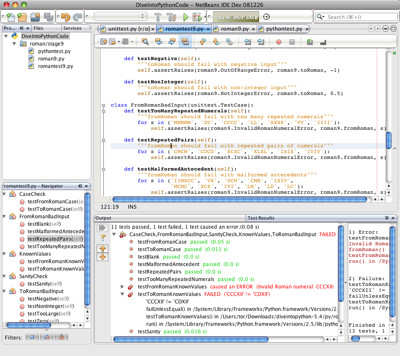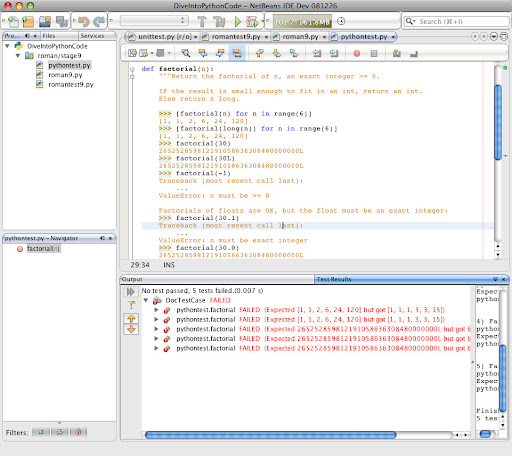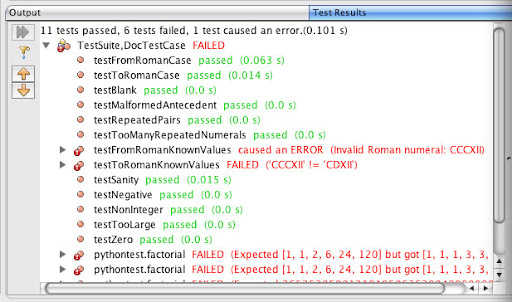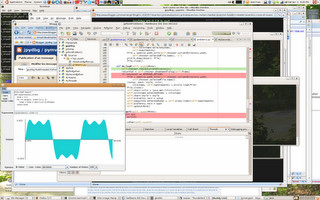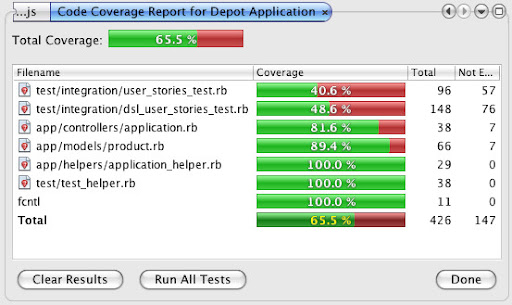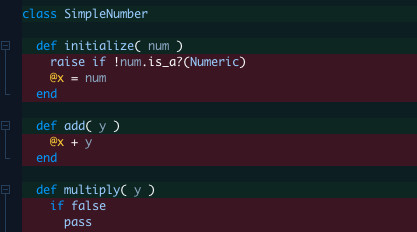WARNING: This blog entry was imported from my old blog on blogs.sun.com (which used different blogging software), so formatting and links may not be correct.
Python and Ruby are dynamically typed languages. We have a lot of heuristics in our editors to figure out the types - tracking assignments, analyzing your database migrations, etc - to help code completion, go to declaration and other IDE features work correctly. And Martin Krauskopf, who owns the Ruby editor now, has been improving the type inference for Ruby a lot lately.
However, there are cases where we just can't help. What if you're writing a brand new method you haven't called from anywhere, and you're trying to access methods on one of your parameters? We don't know the type of the parameter. In that case, NetBeans will provide "fallback code completion" - it will list ALL methods across ALL known classes in your project, libraries and current platform.
If you're looking for the documentation or parameters for a specific method - that's useful - after typing 2-3 characters you've typically narrowed the result set down to a handful of methods and you can pick the one you're looking for.
But what if you're not sure what the method is called? That exact scenario happened to me a couple of days ago. I was writing some Python code to do some string manipulation, and not being very familiar with Python I wanted to know what the equivalent of Java's indexOf method was in Python. I knew that the parameter in my method was a String, but I didn't have a way of telling the IDE that. I applied my usual workaround of adding a line above the current call:
x = ""
and then I could invoke
x. to see the methods available for a String. However, that's definitely not a good way to do it. What if I forget to remove my fake assignment? (Yep, I did that too. I couldn't figure out why my code wasn't working until I debugged and realized I was clearing out the parameter with a bogus assignment... Doh!)
The "obvious" solution for this is supporting type assertions. We've had those for a long time in the Ruby editor
(picture), and obviously for JavaScript using the @type and @param {type} syntax. And the PHP editor just added support for type assertions as well (more here and here).
I've just added this for the Python editor as well. But I've gone one step further which I think makes the feature much more obvious, and easy to use. In code completion, if the editor detects that you are attempting to complete on a simple variable (as opposed to for example a complicated expression), and the type of that variable cannot be resolved, then we add a new special code completion item at the top of the list. Here's what it says (and a more detailed explanation in the documentation popup):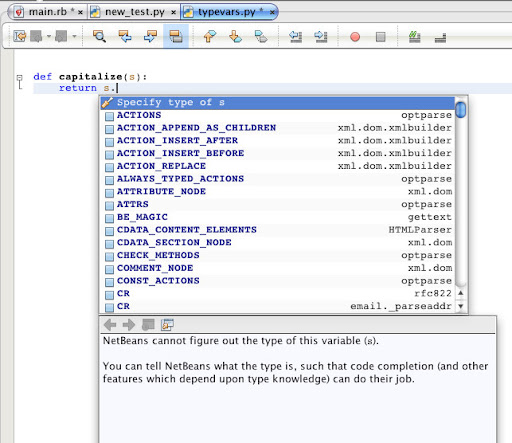
As soon as you press enter, the IDE will insert a special comment referencing the variable you were completing on, and automatically invoke code completion again to complete on the type statement:
The contents of this list has two parts: First, it lists the pseudo-types for many of the core builtin types, like ints, strings, lists and tuples. After that it will list all the known types in the system, such as the user and library classes. If you select one of these and try code completing the original expression again, you can now see that the type resolver knows what to do: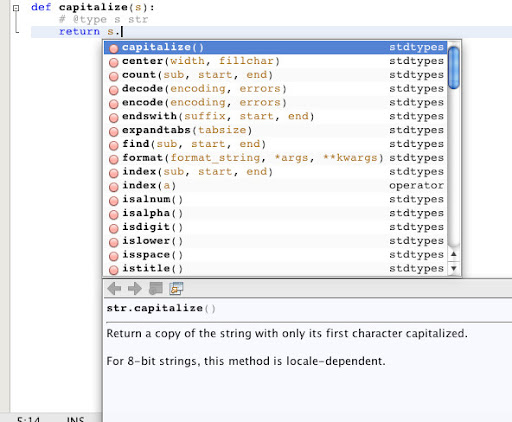
A couple of notes about this. First, note that the type assertions are just comments in your source. You can delete them - they are merely an aid to the IDE. Not only code completion uses these - go to declaration for example will also be more accurate if it is explicitly told the type of a variable it cannot figure out. You can also use multiple type assertions within a method in case the variable type changes during the method. This isn't the case with Ruby yet; the type assertions apply to parameters only, at the method level. But Martin has promised to look into this for Ruby as well so hopefully there will be full parity between the two editors shortly!
P.S. Just like in the PHP editor, mark occurrences and instant rename are type-assertion-aware:
